The lithium-ion battery voltage chart is an important tool that helps you understand the potential difference between the two poles of the battery. The key parameters you need to keep in mind, include rated voltage, working voltage, open circuit voltage, and termination voltage. Different lithium battery materials typically have different battery voltages caused by the differences in electron transfer and chemical reaction processes. Most popular voltage sizes of lithium batteries include 12V, 24V, and 48V.
Jackery Portable Power Stations feature NMC or stable LiFePO4 batteries that can charge most of your electronic devices for long hours. The fully upgraded BMS (Battery Management System) technology ensures safe electricity supply to the appliances without worrying about voltage fluctuations. They also have high temperature resistant capabilities for efficient operation at different temperatures.
AI Takeaways
- A lithium-ion battery is a rechargeable battery that stores energy using lithium ions, offering high efficiency, long cycle life, and lightweight design.
- A lithium-ion battery voltage chart shows voltage ranges at different states of charge (SOC), helping users track battery health and charging levels.
- Other common battery charts include lead-acid, NiMH, and LiFePO4, each with different voltage ranges, cycle life, and performance characteristics.
- Lithium-ion batteries feature high energy density, fast charging, low self-discharge, and durability, making them ideal for modern electronics and power stations.
- What Jackery Portable Power Stations are ideal for your needs.
What Is Lithium-Ion Battery?
A lithium-ion battery relies on lithium-ion cells that store power by creating an electrical potential difference between positive and negative battery poles. There's an insulating layer called a separator that divides the two battery sides. It allows only the lithium-ion to pass through while blocking the electrons. There are six types of lithium-ion batteries, explained below.
- Lithium Iron Phosphate:LiFePO4 or LFP batteries use lithium ferrous phosphate as the anode, making it highly stable among all the types. They have a longer life cycle and work across a wide temperature range.
- Lithium Cobalt Oxide: LCO batteries have low specific power but high specific energy. These batteries do not perform well in high-load applications and can deliver power over a long period.
- Lithium Manganese Oxide:These LMO batteries utilize lithium manganese oxide as a cathode and create a three-dimensional structure that increases current handling, lowers internal resistance, and improves ion flow.
- Lithium Nickel Manganese Cobalt Oxide:These lithium-ion batteries combine three main elements: nickel, cobalt, and manganese. While nickel has a high specific energy, it is not stable. On the other hand, manganese is stable, but it has a low specific energy. Combining them offers a stable chemistry with a high specific energy.
- Lithium Nickel Cobalt Aluminum Oxide: The lithium NCA batteries have a long lifecycle and high specific energy with decent power. They supply a relatively high amount of current for extended periods.
- Lithium Titanate:LTO batteries use graphite in the anode with lithium titanate and use NMC or LMO as the cathode chemistry.
Here is a lithium-ion battery diagram:

Jackery Portable Power Stations have either NMC or LiFePO4 batteries to run most electrical appliances for extended periods. These power stations have a long life cycle and operate well in cold temperatures.
What Is Lithium-Ion Battery Voltage Chart?
A lithium-ion battery voltage chart shows the relationship between a battery's voltage and its State of Charge (SoC), allowing you to determine the remaining power by reading the battery's voltage from a voltmeter. Thanks to their safe nature, lithium-ion batteries are common in solar generators. Different voltage sizes of lithium-ion batteries are available, such as 12V, 24V, and 48V.
Lithium Battery Voltage Chart
The lithium-ion battery voltage chart lets you determine the discharge chart for each battery and charge them safely. Here is 12V, 24V, and 48V battery voltage chart:
|
Charge Capacity (%) |
1 Cell |
12 Volt |
24 Volt |
48 Volt |
|
100 |
3.40 |
13.6 |
27.2 |
54.4 |
|
90 |
3.35 |
13.4 |
26.8 |
53.6 |
|
80 |
3.32 |
13.3 |
26.6 |
53.1 |
|
70 |
3.30 |
13.2 |
26.4 |
52.8 |
|
60 |
3.27 |
13.1 |
26.1 |
52.6 |
|
50 |
3.26 |
13.0 |
26.0 |
52.5 |
|
40 |
3.25 |
13.0 |
26.0 |
52.4 |
|
30 |
3.22 |
12.9 |
25.8 |
52.0 |
|
20 |
3.20 |
12.8 |
25.6 |
51.6 |
|
10 |
3.00 |
12.0 |
24.0 |
48.0 |
|
0 |
2.50 |
10.0 |
20.0 |
40.0 |
12V Lithium Battery Voltage Chart
Generally, battery voltage charts represent the relationship between two crucial factors — a battery's SoC (state of charge) and the voltage at which the battery runs. The below table illustrates the 12V lithium-ion battery voltage chart (also known as 12 volt battery voltage chart).
|
State of Charge (SOC) |
Battery Voltage (V) |
|
100% |
14.2 - 14.6 |
|
90% |
13.6 - 13.8 |
|
80% |
13.4 - 13.6 |
|
70% |
13.3 - 13.4 |
|
60% |
13.2 - 13.3 |
|
50% |
13.1 - 13.2 |
|
40% |
13.0 - 13.1 |
|
30% |
12.9 - 13.0 |
|
20% |
12.8 - 12.9 |
|
10% |
12.5 - 12.8 |
|
0% |
10.0 - 12.0 |
Note: The voltage values are approximate and can vary based on the specific battery chemistry, temperature, and load conditions.
Source: BU-409: Charging Lithium-Ion
Lithium Battery SoC Chart
When a lithium-ion battery is plugged into the charger, charging continues until 100% of the state of charge is reached. The charge is then terminated, and the Li-ion battery is allowed to slowly discharge. In Li-ion cells, the relationship between SoC and voltage is relatively flat throughout the cell's discharge range. Here's the lithium battery state of charge chart:

Lithium-Ion Battery Voltage Curve
A typical lithium-ion battery voltage curve is the relationship between voltage and state of charge. When the battery discharges and provides an electric current, the anode releases Li ions to the cathode to generate a flow of electrons from one side to the other. The lithium-ion battery charge and discharge curve varies depending on its type.

What are the Other Types of Batteries Chart?
Aside from lithium-ion, there are many other types of batteries available in the market. The most popular among them are LiFePO4, AGM, lead acid, and deep cycle batteries. Similar to lithium-ion, these battery voltages define how well these batteries perform. The higher the voltage of a battery, the more power it can deliver to the electrical device.
Lead-Acid Battery Voltage Chart
Lead-acid is the oldest rechargeable battery chemistry and is particularly common in diesel or gasoline-fueled vehicles. They deliver the large energy bursts needed for starting engines. Even though they are cost-effective, lead-acid batteries have a lower energy density and shorter lifespan. Additionally, you'll need to maintain them on a regular basis for longevity.
Deep Cycle Battery Voltage Chart
The deep cycle batteries come in a variety of voltages, with 12V being the most popular one. They are designed to provide steady power over extended periods. The newer valve-regulated lead acid deep cycle batteries, such as AGM and GEL, are known for greater depth of discharge.
LiFePO4 Battery Voltage Chart
The LiFePO4 are known for longer lifespan and are better than other standard batteries. The LiFePO4 battery voltage chart represents the relationship between the state of charge (SoC) based on different voltages, such as 12V, 24V, and 48V.
AGM Battery Voltage Chart
An AGM battery voltage chart defines the relationship between the SoC (state of chart), current, and voltage. The charging and discharging currents affect the battery voltage of AGM batteries and are depicted by the AGM battery voltage chart.
What are the Key Lithium-Ion Battery Features?
Lithium-ion batteries are known for having a high energy density due to the highly reactive lithium inside them. Some features of lithium-ion batteries include:
High-Energy Density: Lithium-ion batteries have higher energy density than other battery types, so they can store more energy. Hence, lithium-ion batteries are ideal for laptops, smartphones, and power stations.
Long Cycle Life: Lithium-ion batteries can be recharged and discharged thousands of times (on average) before they lose capacity.
Fast Charging: Unlike other battery types, lithium-ion batteries are charged relatively quickly.
Low Self-Discharge Rate: Lithium-ion batteries typically have a lower self-discharge rate. This means they will lose power slowly compared to other devices.
Lithium-ion cells are widely used in PCs and cellular phones because of their high energy density and high voltage. While a lithium-ion cell is a single battery unit, a battery pack combines multiple cells in series or parallel. The typical lifespan of lithium-ion batteries is around 300-1000 charge cycles.
Voltage vs. Charging Relations
The relation between voltage and the battery's charge is often overlooked, but it's important.
This voltage and charging relationship determines the electricity stored in the power stations and the rate at which the electrical energy is released.
The lithium-ion battery's voltage is directly related to stored charge. That means a battery with greater voltage can hold more energy and vice versa.
State of charge (SoC) is the charge level of an electric battery relative to its capacity. It is generally expressed in percentages. The SoC of lithium-ion batteries lies between 0 to 1.
Power density and energy density are the two most common concepts associated with lithium-ion batteries. Power density is the amount of power generated by the battery backup with respect to its mass and is represented in watts per kilogram (W/kg).
On the contrary, energy density is the amount of energy the battery backup can store with respect to mass. It is typically represented in Wh/kg (watt-hours per kilogram). Think of it as a pool where the pool size is the energy density and power density, which can be compared to draining the pool as quickly as possible.
Jackery Portable Power Stations Explained
Jackery manufactures high-quality power stations and solar generators to help people switch to clean and green energy. Jackery Power Stations have a large-capacity NMC or LiFePO4 battery to power multiple appliances like refrigerators, coffee machines, and more.
These battery backup solutions can be recharged via an AC outlet, car charger, and even Jackery SolarSaga Solar Panels. When placed under direct sunlight, the Jackery SolarSaga Solar Panels absorb and eventually convert solar energy into DC electricity. The pure sine wave inverter in the Jackery Explorer Portable Power Station then converts the DC to AC electricity to power all kinds of appliances.
Jackery HomePower 3600 Plus Portable Power Station
The Jackery HomePower 3600 Plus is the standard essential home backup solution that comes with an expandable option. It is ideal for families, RV owners, and remote workers who need longer runtimes or more flexibility. Beyond covering the basics, it can scale up to 21kWh per unit or 43kWh when connected in parallel to handle larger appliances, extended outages, or off-grid adventures. It gives you peace of mind wherever power is critical.
Appliances Running Time
- Fridge (100W) = 25.0H
- Kettle (600W) = 4.9H
- Portable AC (800W) = 3.7H
- Fan (100W) = 25.0H
- Coffee Maker (800W) = 3.7H
Who Should Buy This
If you are looking for a versatile home backup solution that can handle everything from home emergencies to off-grid adventures, this Jackery HomePower 3600 Plus is the better match.
Customer Review
I've had my 3600 Plus for about a month. A few days after receiving it, my power went out for approx 4 hours just as I was beginning breakfast. I was able to plug my Ninja up to my Jackery and have my smoothie just as planned. Lighting, my computer...all were available due the this product. I love it so far.
— Debbie C.
Jackery HomePower 3000 Portable Power Station
The Jackery HomePower 3000 is built for homeowners who want reliable backup power for unexpected outages. With its massive capacity and output, it is suited for keeping daily essentials like your fridge, lights, router, and medical devices running during a power outage. Its compact size also makes it a reliable option for apartment living or smaller households where space is limited, but dependable home battery backup is essential.
Appliances Running Time
- Fridge (100W) = 21.4H
- Kettle (600W) = 4.2H
- Portable AC (800W) = 3.2H
- Fan (100W) = 21.4H
- Coffee Maker (800W) = 3.2H
Who Should Buy This
If your priority is keeping everyday essentials like the fridge, WiFi, and a few key appliances running, this Jackery HomePower 3000 is a practical fit.
Customer Review
So far have only used it for a few days to make sure a mini-fridge works for our grandson to take to college. We bought the 3000 in the event of a storm power outage that would prevent us from running our portable generator.
— Michael Brooks.
Jackery Explorer 2000 Plus Portable Power Station
The Jackery Explorer 2000 Plus Portable Power Station has a large LiFePO4 battery capacity of 2042.8Wh. You can expand the battery all the way to 24kWh with the help of multiple Jackery Battery Pack 2000 Plus and another battery backup connected in parallel. The high power output makes the power station ideal for running refrigerators, heaters, and even medical equipment like CPAP machines. It operates at a high 44.8V DC voltage and an amp rating of 45.6 Ah.
Appliances Running Time
- Fridge (100W) = 14.2H
- Kettle (600W) = 2.7H
- Portable AC (800W) = 2.0H
- Fan (100W) = 14.2H
- Coffee Maker (800W) = 2.0H
Who Should Buy This
If you want an essential home backup solution that can power multiple critical appliances during a power outage and can be expanded as needed, the Jackery Explorer 2000 Plus Portable Power Station is an ideal choice.

Customer Review
I'm so grateful for the handles and the wheels to cart my generator. It's currently charging my trailer batteries, which will be finished in about 2 hours and have plenty of power to use elsewhere. It's quiet - I can't even hear it. If you want reliability, eco-friendly, and the highest quality for your money, get a Jackery!
Jackery Explorer 1000 Plus Portable Power Station
The Jackery Explorer 1000 Plus Portable Power Station is like having more power in a smaller size. It has a LiFePO4 battery that can power most of the essential home or outdoor appliances. You can connect three Jackery Battery Pack 1000 Plus to expand the capacity from 1.25kWh to 5kWh, delivering 1-3 days of home backup power. It works well at 41.6V DC and 30.4Ah to charge low to high-power-consuming appliances.
Appliances Running Time
- Fridge (100W) = 8.8H
- Kettle (600W) = 1.7H
- Portable AC (800W) = 1.3H
- Fan (100W) = 8.8H
- Coffee Maker (800W) = 1.3H
Who Should Buy This
If you are looking for an expandable home battery backup that can power most household appliances, such as fridges, lights, and fans for extended periods, the Jackery Explorer 1000 Plus Portable Power Station is an ideal solution.

Customer Review
If you enjoy the outdoors but can't live without your gadgets, then you need something like this. Took this unit out for the weekend, and it performed as expected. Charged my Segway scooter, MacBook, and a couple of small gadgets. The Jackery app enables you to control several functions of this power station. The ability to add up to 3 extra battery packs is a plus, totaling just over 5 kWh!
— Chris.
Lithium-Ion Battery Voltage Chart FAQs
How to tell if a lithium-ion battery is bad?
Just like other batteries, lithium-ion batteries start deteriorating after a few years. Some signs that your lithium battery might be falling include:
- Shorter battery life
- Longer charging times
- Overheating during charging
- Discoloration or corrosion
- Any form of leak or smell from the battery
- Unexpected power offs
- Sluggish device response
- Inability to charge
How to tell if a battery is lithium?
If the battery has “Li” or “Lithium” printed on it and is rechargeable by nature, you can safely assume it is a lithium battery. Similarly, if the battery has the first letters (CR), this again indicates a lithium battery.
What voltage is 50% for a lithium battery?
Like other types of batteries, lithium-ion batteries generally deliver a slightly higher voltage at full charging and a lower voltage when the battery is empty. A fully-charged lithium-ion battery provides nearly 13.6V but offers 13.13V at 50% voltage.
|
Capacity (%) |
Lead Battery |
Lithium Battery |
Lithium AV-Battery |
|
100% |
12.70V |
13.60V |
12.60V |
|
90% |
12.50V |
13.32 |
12.10V |
|
80% |
12.42V |
13.28V |
11.60V |
|
70% |
12.32V |
13.20V |
11.35V |
|
60% |
12.20V |
13.16V |
11.10V |
|
50% |
12.06V |
13.13V |
10.80V |
|
40% |
11.90V |
13.10V |
10.70V |
|
30% |
11.75V |
13.00V |
10.60V |
|
20% |
11.58V |
12.90V |
10.45V |
|
10% |
11.31V |
12.00V |
10.25V |
|
0% |
10.50V |
10.00V |
9.00V |
What voltage should a lithium battery read?
The nominal voltage of lithium-ion is around 3.60V/cell. A few cell manufacturers mark their lithium battery as 3.70V/cell or higher. Some lithium-ion batteries with LCO architecture have an increased nominal cell voltage and even permit higher charge voltages. The following table reveals the nominal cell voltage, typical end of discharge, maximum charge voltage, etc., of lithium-ion batteries.
|
Nominal cell voltage |
Typical end-of-discharge |
Max charge voltage |
Notes |
|
3.6V |
2.8–3.0V |
4.2V |
Classic nominal voltage of cobalt-based lithium-ion battery. |
|
3.7V |
2.8–3.0V |
4.2V |
Marketing advantage. Achieved by low internal resistance. |
|
3.8V |
2.8–3.0V |
4.35V |
Surface coating and electrolyte additives. The charger should have the correct full-charge voltage for additional capacity. |
|
3.85V |
2.8–3.0V |
4.4V |
Surface coating and electrolyte additives. The charger should have the correct full-charge voltage for additional capacity. |
What are standard lithium-ion battery voltages?
A lithium-ion battery's nominal or standard voltage is nearly 3.60V per cell. Some battery manufacturers mark lithium-ion batteries as 3.70V per cell or higher.
What voltage is overcharged on a lithium battery?
Overcharging means charging the lithium-ion battery beyond its fully charged voltage. When the charge exceeds 3.65V, it is known to be overcharged.
Final Thoughts
Voltage is one of the most important considerations one must keep in mind when buying a lithium-ion battery. It is also recommended that you check out the lithium-ion battery voltage chart to understand the voltage and charge of these batteries. The recommended voltage range for short-term storage of lithium-ion batteries is 3.0 to 4.2 volts per cell in series.
For long-term storage, lithium-ion batteries should be stored at around 75% capacity (3.85 to 4.0 volts) and at a low temperature to reduce permanent capacity loss. If you're looking for reliable and innovative power solutions for household or outdoor appliances, you can consider choosing the Jackery Portable Power Stations. They feature stable NMC or LiFePO4 batteries, making them ideal for off-grid living, emergency home backup, and outdoor adventures.

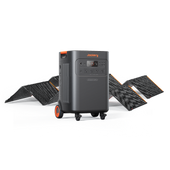








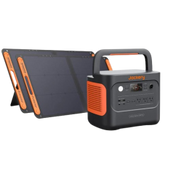


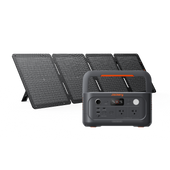
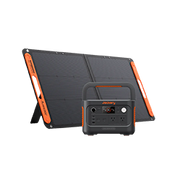



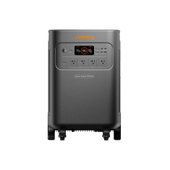

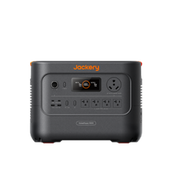
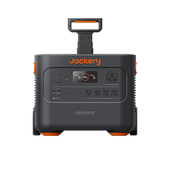
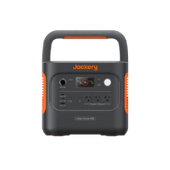

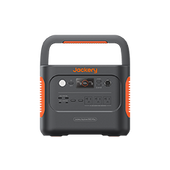
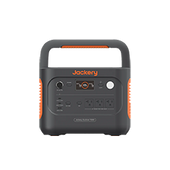
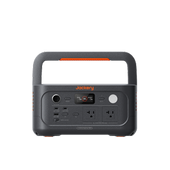

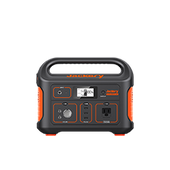


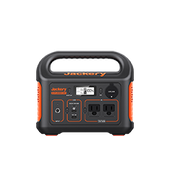
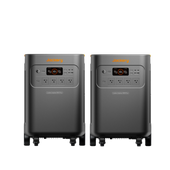



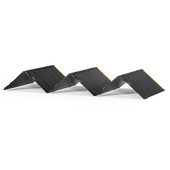


![[Add - on] Jackery Manual Transfer Switch for Explorer 5000 Plus - Jackery](http://www.jackery.com/cdn/shop/files/add-on-jackery-manual-transfer-switch-for-explorer-5000-plus-9017324.png?v=1754016782&width=170)
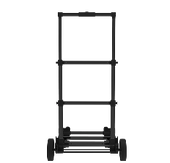
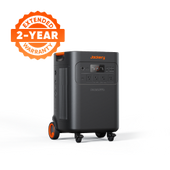
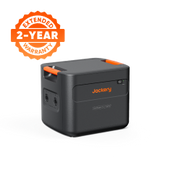
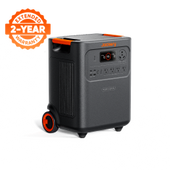

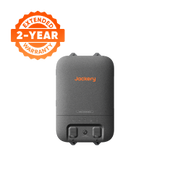

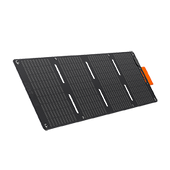
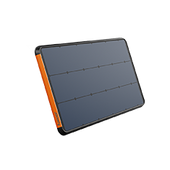



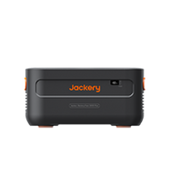
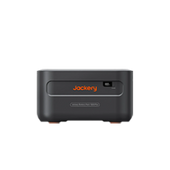
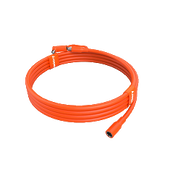
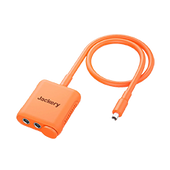

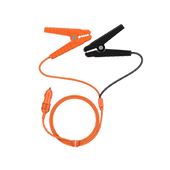




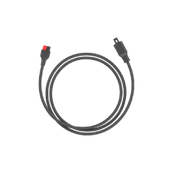
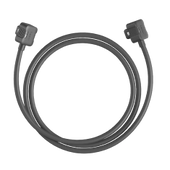



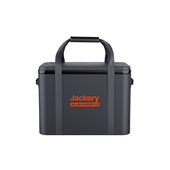

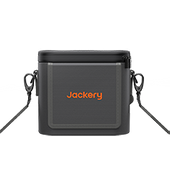
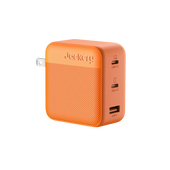

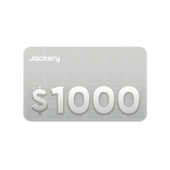




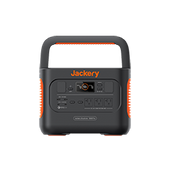










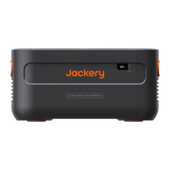


















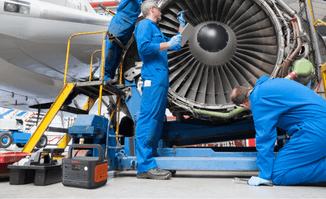



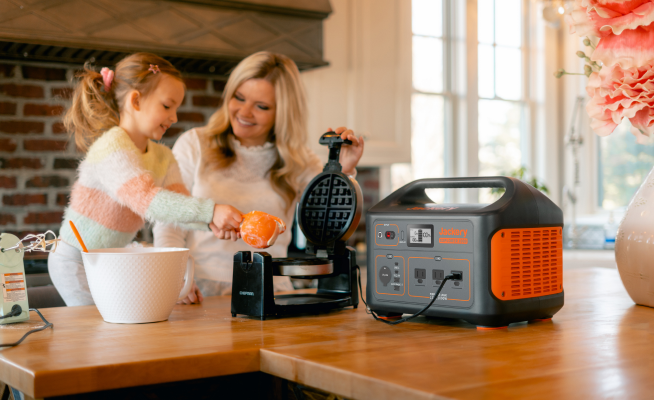
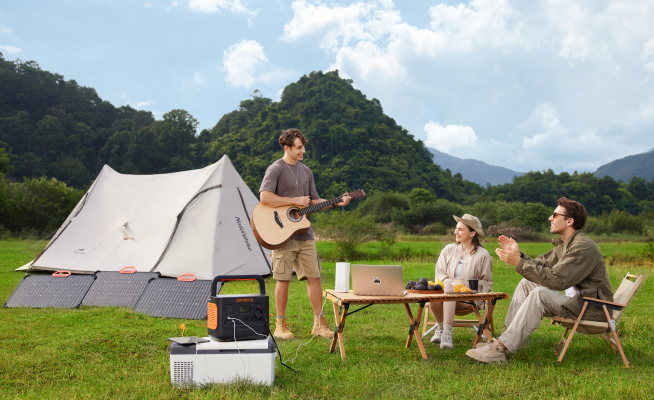
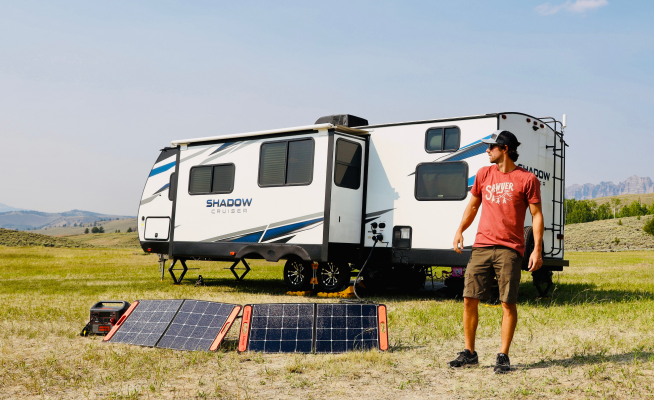


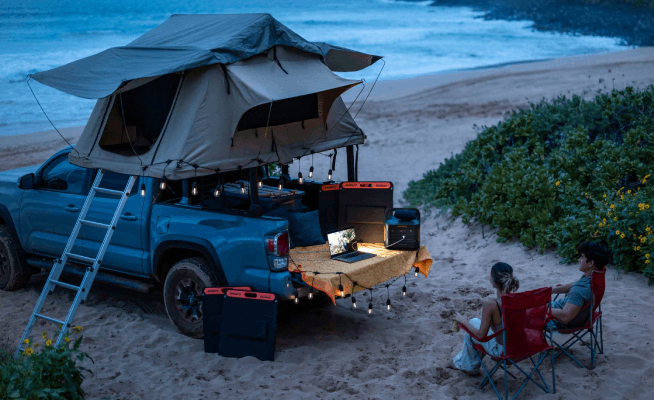
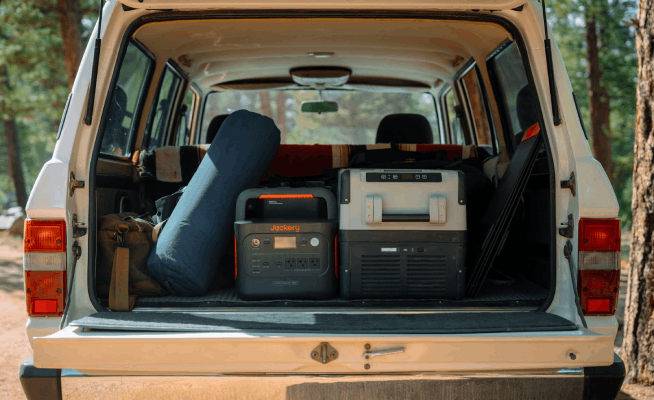
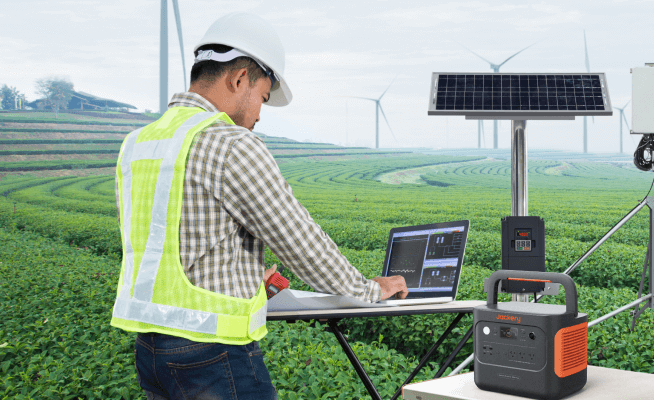

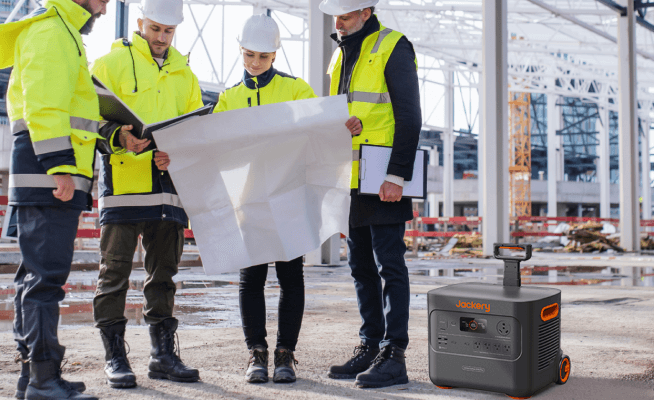

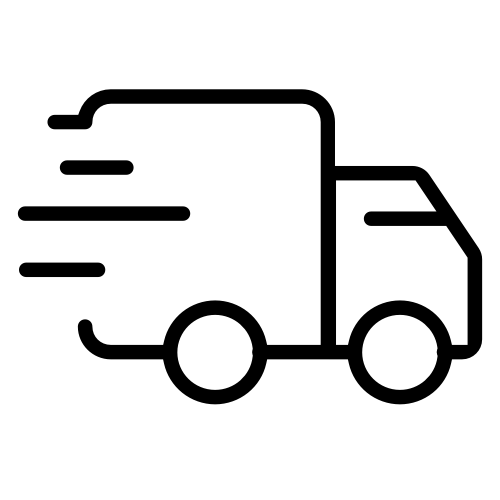

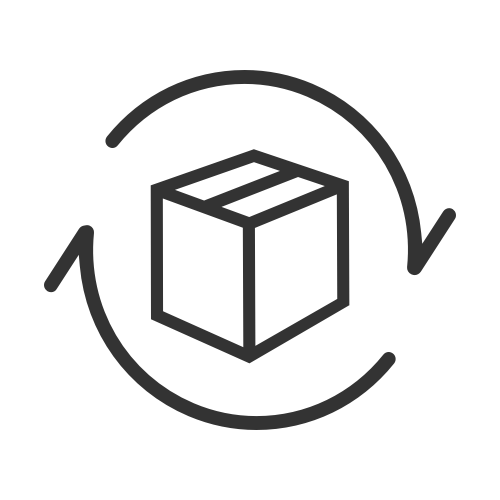
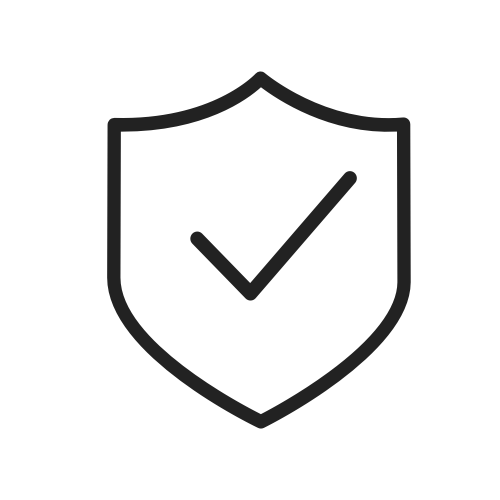
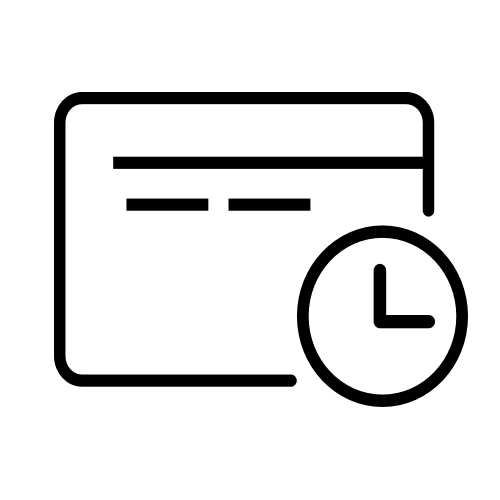








Leave a comment